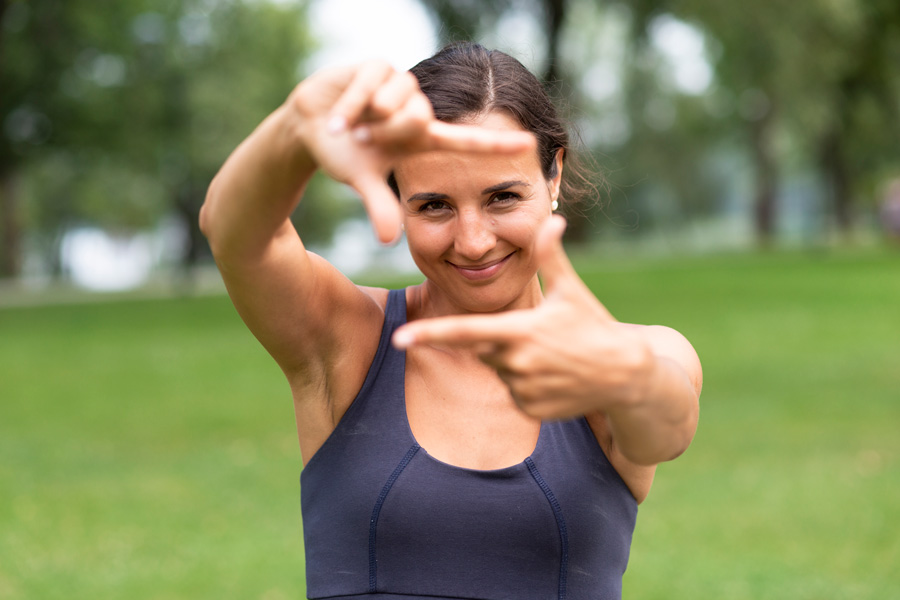As we usher in the New Year, many of us have committed to resolutions aimed at fostering a healthier, more balanced lifestyle. A common resolution that tops the list is incorporating regular exercise into our daily routines. However, as we reach the midway point of January, it’s worth reflecting on the challenges of sticking to resolutions and exploring alternative yet effective ways to achieve fitness goals.
The Struggle to Stick to Resolutions
Despite our best intentions, sticking to resolutions is often easier said than done. The allure of old habits, coupled with the demands of daily life, can lead to a drop in motivation. Additionally, unrealistic expectations and an “all-or-nothing” mindset may contribute to feelings of failure, making it difficult to persevere.
However, it’s essential to remember that setbacks are a natural part of the process, and resolutions should be viewed as long-term lifestyle changes rather than quick fixes. Adjusting expectations and finding sustainable approaches can significantly enhance the likelihood of success.
Walking Toward Fitness
While many envision fitness resolutions as intensive gym sessions or long-distance running, research suggests that brisk walking can be a highly effective and more manageable alternative. Fast walking not only boosts cardiovascular health but also significantly benefits blood sugar levels and type 2 diabetes.
A study published in the British Journal of Sports Medicine found that a brisk 30-minute walk five times a week was as effective as running in reducing the risk of heart disease and type 2 diabetes. This revelation opens up new possibilities for those who may find running too strenuous or time-consuming, emphasising that individuals can achieve fitness through more accessible activities.
Incorporating Fast Walking into Your Exercise Routine
Making fast walking a consistent part of your exercise routine doesn’t have to be daunting. Start by setting achievable goals, such as incorporating a brisk 30-minute walk into your daily schedule. If preferred, you can break this down into shorter, more manageable intervals, such as two 15-minute walks in the morning and evening. Choose scenic routes or walking paths to make the experience more enjoyable. Involve friends or family members to make it a social activity, adding an element of accountability and motivation. Utilise technology, such as fitness trackers or mobile apps, to monitor your progress and set achievable targets. Consider integrating fast walking into your daily commute or taking the stairs instead of the lift. By weaving brisk walks into your routine in a way that aligns with your lifestyle, you can make this accessible exercise a sustainable and enjoyable part of your journey towards improved health and fitness.
Enhancing Muscle Recovery with Topical Magnesium and Menthol
After engaging in exercise, it’s helpful to support muscle recovery by applying a magnesium with menthol lotion directly on the skin. Magnesium is known for its role in muscle function and recovery, aiding in reducing muscle cramps and soreness. A magnesium lotion can promote local absorption and improve muscle relaxation.
Additionally, menthol is known for its cooling properties when applied to the skin. A study published in the Journal of Sport Rehabilitation found that participants who used a menthol-based cream after intense exercise reported reduced muscle soreness and an improved range of motion compared to a control group.
Therefore, consider applying a lotion which combines magnesium and menthol to targeted areas post-walk or exercise session to enhance recovery.
The Perils of Prolonged Sitting
Beyond structured exercise, another crucial aspect of a healthy lifestyle is addressing the hazards of prolonged sitting, which we’ve discussed many times before. However, it is worth revisiting the topic for the new year, as research shows that sitting for extended periods can have detrimental effects on overall health, surpassing the risks associated with smoking. The sedentary nature of modern life, characterised by long hours spent sitting at desks and in front of screens, contributes to many health issues.
Experts recommend avoiding sitting for more than three hours daily and incorporating breaks for standing and movement. Investing in a standing desk, taking short walks during breaks, and performing simple stretches can help combat the adverse effects of prolonged sitting, promoting better posture, improved circulation, and enhanced overall well-being.
In Summary
Embracing exercise resolutions requires a realistic and sustainable approach. While intense workouts may be tempting, the benefits of brisk walking and the dangers of prolonged sitting emphasise the importance of finding achievable and enjoyable ways to stay active. As we navigate the challenges of mid-January, let’s reevaluate our resolutions with a focus on long-term well-being and a commitment to health that lasts throughout the year.
Stay Healthy and Take Care of Yourself
Lindsay xxx





